Stand up meetings can improve efficiency, help participants stick to the agenda, collaborate more effectively with others, and improve retention of essential information. With the recent preference for remote working, stand ups are an ideal way to keep remote team members looped-in and communicative.
Say goodbye to endless meetings
So, you're 57 minutes into your daily team meeting (that was supposed to have ended 12 minutes ago). You are struggling to stay focused and productive as the meeting runs overtime, making you late for your next meeting of the day. Sound familiar?
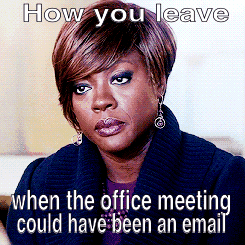
Have you ever been in a meeting that could have just been an email? Or see your to-do list grow, instead of shrink, because of the sheer number of meetings you had that week? Or attended a meeting you definitely did not need to be a part of?
If these scenarios sound familiar, rest assured that you're not alone. Research published by MIT Sloan revealed that over the past 50 years, meetings have increased in both length and frequency. Executives are now spending an average of 23 hours per week in the meeting room, which equates to around 50% of their time. Middle managers are spending approximately 35% of their working week in meetings.
Alarmingly, pointless meetings are estimated to have cost U.S. companies $399 billion in 2019. Could embracing the stand up meeting help organizations to address this?
What is a stand up meeting, and how does it work?
The stand up meeting is a widely adopted practice within Agile organizations. Considered to be most effective for companies that call frequent meetings, it's otherwise referred to as a daily scrum, a daily huddle, a status meeting, or a morning roll-call.
The term "stand up" was coined as these meetings are typically conducted on foot. However, it has evolved to mean any short (between 5-15 minutes), regularly scheduled meeting that is usually held at the start of the day - making it an excellent format for those working remotely. It might be held with a particular team or include representatives from different departments. The main objectives of stand up meetings are to help employees prioritize their goals for the day and address any obstacles they are currently facing to open up the opportunity for collaboration. Attendees usually take it in turns to speak, answering the following stand up meeting questions:
1. What did you accomplish yesterday?
2. What are your goals for today?
3. Are there any obstacles keeping you from achieving today's goals?
What are the key benefits of a stand up meeting?
Stand up meetings are an effective way to combat "meeting fatigue" - the feeling within a team when they are being asked to attend too many meetings that go on for too long. Benefits include:
- Faster, more efficient meetings
- Improved collaboration and team-building
- The format promotes follow-up conversations between colleagues to address and resolve any concerns raised.
- An ideal format for brief and useful check-ins for remote team members using video-conferencing
- The established format helps participants stick to the schedule, coordinate their output, and work together as a team by answering the three questions mentioned above.
- Avoids the drop in energy and distracted state that can occur with lengthy, sit-down meetings.
- Improves retention of information.
- Standing up engages muscles, sends oxygen and blood pumping around the body, which in turn activates chemicals that can enhance brain power and improve mood.
How do you ensure your stand up meetings aren't a waste of time?
The stand up meeting might sound like a relatively simple concept, but there are many dos and don'ts to getting it right and maximizing your team's time. Follow these fourteen tips to ensure your stand up meeting is as productive as it can be.
Do
1. Monitor the energy of your team
If the stand up meeting is due to start, but you can sense a lack of motivation within your team, consider kicking it off with a 1-2 minute warm-up of stretching or fun exercises to get everyone feeling alert and focussed. This is a particularly useful tactic to employ while your team is working remotely and perhaps much in need of a team-building activity.
2. Shake up the meeting's structure to keep your team engaged
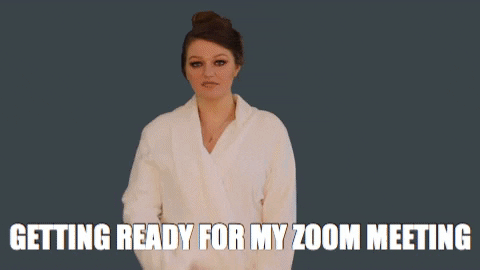
If you stick to the same stand up meeting routine every day, your team is likely to get bored and shut off. You could consider gamifying the meeting and offering prizes for specific achievements. While your team is in lockdown, for example, you could award prizes for the best Zoom background. Even simple changes such as switching up the order in which people speak will help keep everyone on their toes.
3. Schedule the meeting at the same time every day
Ideally, the meeting will take place at the start of the day, but it should be at a time that accommodates everyone in your team. Of course, people might be embracing a slightly more flexible working schedule during the lockdown as they juggle looking after children and working full-time, so it's essential to be mindful of this.
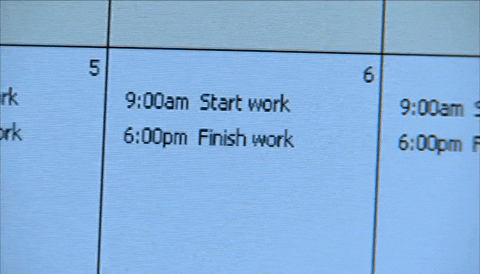
4. Ensure your stand up meeting has fun connotations
Don't make the stand up meeting something your entire team dreads. While it's important to stick to a structure given the strict time constraints, you might consider alerting attendees when the session is about to start with a cheerful jingle or an upbeat song. If you're working remotely, you could include a fun fact or a thought for the day in your daily calendar invite.
5. Keep the number of attendees to a minimum
Does everyone in the stand up meeting really need to join the meeting or video conference? It's not possible to run a productive stand up meeting with dozens of people. If you work within a large team, divide it into subsets of people who work closely together.
6. Let everyone speak for an equal amount of time
No one must be allowed to dominate the conversation in a stand up meeting. Attendees should be encouraged to be concise and brief when making their points. If someone has trouble being concise (there's always one on every team!), consider setting a timer with a friendly 'ding' to let them know their time is up.
7. Choose an appropriate video-conferencing program when conducting stand up meetings remotely
There's nothing worse than kick-starting the working day with a whole host of infuriating tech problems. Make sure your team has access to an easy-to-use video conferencing solution that works across multiple devices.
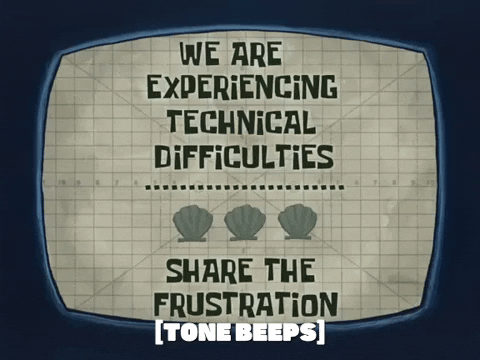
8. Ensure your stand up meetings are inclusive
This is perhaps the most critical point of all. All the many benefits of a stand up meeting are completely invalidated if someone cannot participate in the standing up element due to accessibility reasons. If there is someone in your team with a physical disability, which means they are unable to stand for 15 minutes, stick to a sit-down meeting.
Don't
1. Treat the stand up meeting like a water cooler catch-up
The stand up meeting is relatively informal in nature, which means it's easy for the discussion to descend into general social chatter. This is particularly true of employees who are newly adjusting to working remotely and in greater need of light-hearted, human connection. Of course, there's a time and a place for you to catch up with your colleagues about your favorite TV show, but the 15-minute stand up meeting is not it.
2. Let your boss be the focus of the conversation
The purpose of a stand up meeting is not to provide a status report to your manager; instead, it is a communal discussion in which everyone is an equal participant. If you or your teammates are struggling not to direct contributions to your manager, it could be worth having them absent from the meetings until everyone adapts to the intended format.
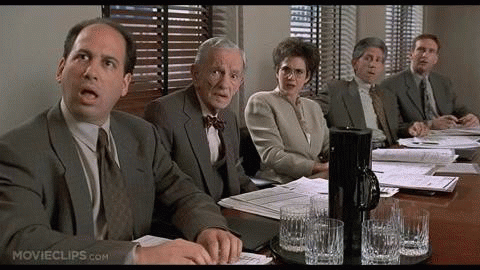
3. Try to solve problems during the stand up meeting
There simply isn't time to resolve problems during your 15-minute stand up meeting. Allowing everyone to talk about their obstacles is so that team members can follow up with solutions later in the day without holding everyone else up. Arrange one-to-one meetings (or Zoom calls if you're working remotely) as necessary after the stand up meeting to address any issues that have been raised.
4. Deviate from the three, key questions
You won't have the time to cover anything other than these questions without getting side-tracked and running overtime.
5. Give negative feedback
Stand up meetings are supposed to be a positive, team-building experience. Try to avoid giving negative feedback or criticism targeted at individuals within your team. If you've got a problem that needs addressing with a particular person, take it up with them in a private conversation after the stand-up meeting.
6. Check emails during the stand up meeting
You're in this meeting to listen and engage with your colleagues, not to draft an email, read the news, or check your text messages. If the meeting is being conducted in person, leave your cellphone at your desk. If you're joining remotely, remove any distractions from your line of sight and give your colleagues your undivided attention.

By following points 1-14 (with a few minor tweaks to ensure everyone is included) you'll still be able to run a highly productive meeting.
Over to you
Stand ups are just one of the many tools you can use to bring your team closer, whether you share an office or are working from home.
If you're interested in learning more about collaboration while remote, you may be interested in our articles on running effective meetings, the best tools for your remote team, Microsoft Teams vs. Slack, and our Zoom vs. Skype comparison.
Whether you're collaborating remotely or in person, the GoSkills LMS is a handy tool to keep your team in-sync and connected. With GoSkills, you can add your own courses and materials, link to your live or recorded Zoom training and meetings, and get access to our award-winning course library. It's free to sign up and add an unlimited number of learners. Start training your team today.
A better way to train
It's easier than ever to create, track, and manage team training with the GoSkills LMS.
Start for free



